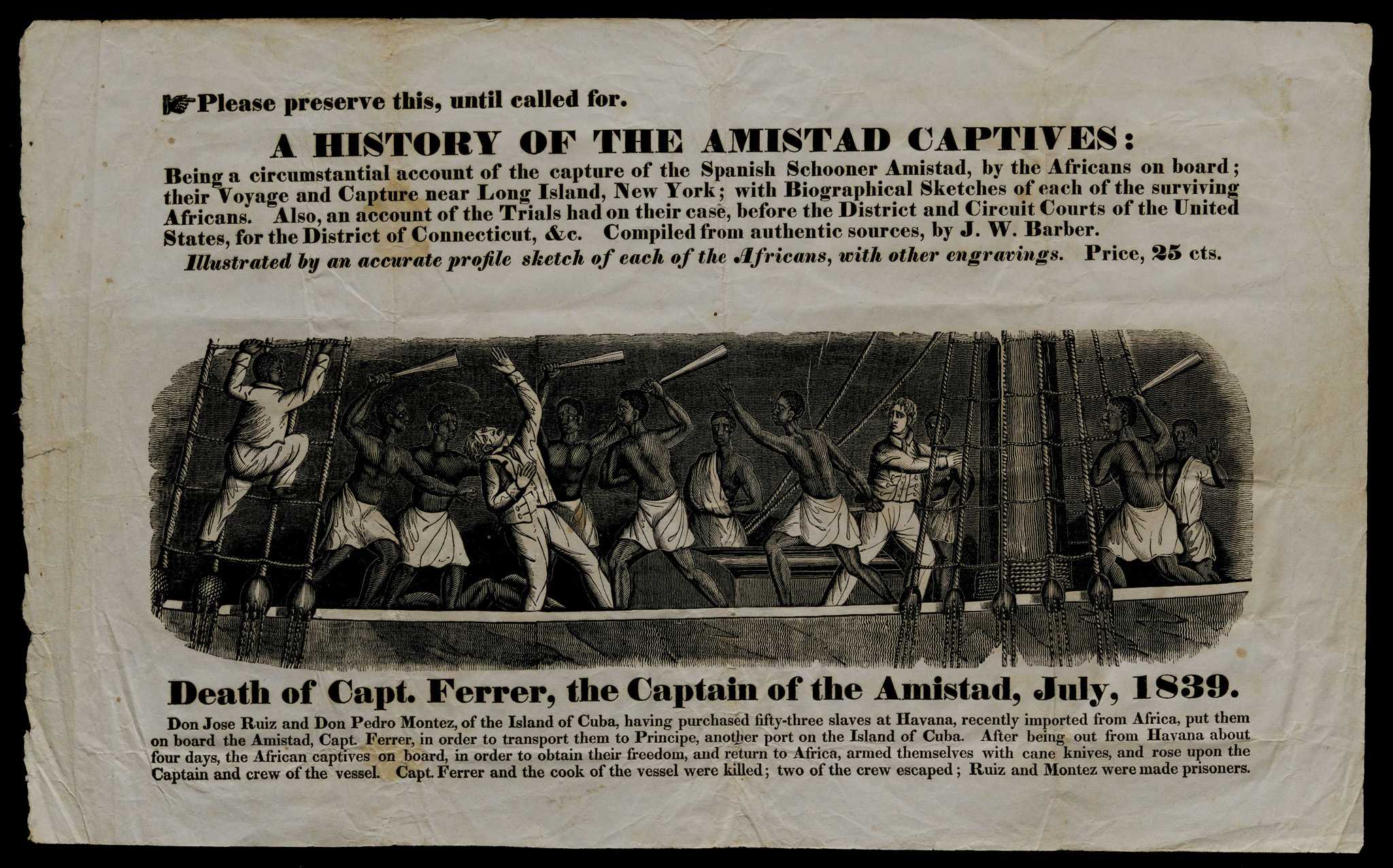Chapter 5
Making a Way
African Americans fought slavery and inequality in ways large and small, from open rebellion to subtle acts of resistance. Using connections—family, neighbors, worship services, and formal political conventions—African Americans shared news, created networks, and developed strategies for “making a way out of no way.” State and local governments responded with “black codes” and “slave codes,” race-based laws that attempted to restrict Black lives. African American persistence and grassroots organizing still serve as a model for social activists today.
Slave Rebellions: Striking for Freedom
Slave rebellions carried bloody consequences. Rebels were executed. Family, friends, and neighbors might be beaten and killed. In some cases, enslavers placed the bloodied and dismembered bodies in public view to remind passersby of slavery’s awful power. Nevertheless, against terrible odds, enslaved people chose to rebel.
The largest slave rebellions included the Stono Rebellion in South Carolina (1739), the New York Conspiracy (1741), Gabriel’s Rebellion in Richmond, Virginia, (1800), Deslondes’s Rebellion in Louisiana (1811), the Fort Blount Revolt in Florida (1816), Denmark Vesey’s Rebellion in Charleston, South Carolina (1822), Nat Turner’s Rebellion in Southampton County, Virginia (1831), the Amistad Mutiny (slave ship, 1839), and the Creole Revolt (slave ship, 1841).
Nat Turner’s Rebellion, 1831
News of Turner’s Rebellion
Enslaved people rose up in Southampton County, Virginia, on August 21, 1831. Led by Nat Turner, rebels moved across plantations, murdering roughly 55 whites and rallying enslaved people. They planned to move on to Jerusalem, Virginia, to seize guns and then make a permanent home in the Great Dismal Swamp. By August 23, the rebels had been defeated. More than 200 Black men and women, both enslaved and free, were executed. Nat Turner’s Rebellion alarmed Americans and inflamed the debate over slavery.
Nat Turner's Bible
Nat Turner's Bible
Nat Turner, an enslaved minister, is thought to have been carrying this Bible when he was captured after the rebellion. A man of remarkable intellect, Turner used his mobility as a preacher to organize a slave revolt in 1831. The Bible was donated by descendants of Lavinia Francis, an enslaver who survived the rebellion.
Personal Reflections of the Rebellion
Letter with News of Turner’s Rebellion
In a letter to her daughter Dicey about the events of the day, enslaver and Virginia resident Eleanor Weaver recounts details regarding the Southhampton Rebellion led by Nat Turner. She states, "All the mischief done was confined to one county in the lower part of this state the County of Southampton. There was about 67 persons old & young put to death by about Eight or Ten Negroes ring leaders & some few they forced to assist them. say some 20 to thirty headed by a Negro preacher. All the murders was done in about 24 hours. They have all bin [sic] taken & put to death General Nat the preacher absconded & kept out of the way for several weeks but he was at last taken & put to death. We hope our government will take some steps to put down Negro preaching. It is those large assemblies of Negroes causes the mischief."
Amistad Rebellion
Argument of John Quincy Adams, before the Supreme Court
On July 1, 1839, 53 enslaved men from Sierra Leone rebelled aboard the Amistad and seized the ship. They eventually reached the United States, where they were imprisoned and faced murder charges. Free African Americans and white abolitionist allies, secured legal representation from former United States President John Quincy Adams. Former President Adams argued on behalf of the plaintiffs before the Supreme Court, which ruled in favor of the captives’ right to freedom.
Broadside illustrating the Amistad Rebellion, ca. 1840
